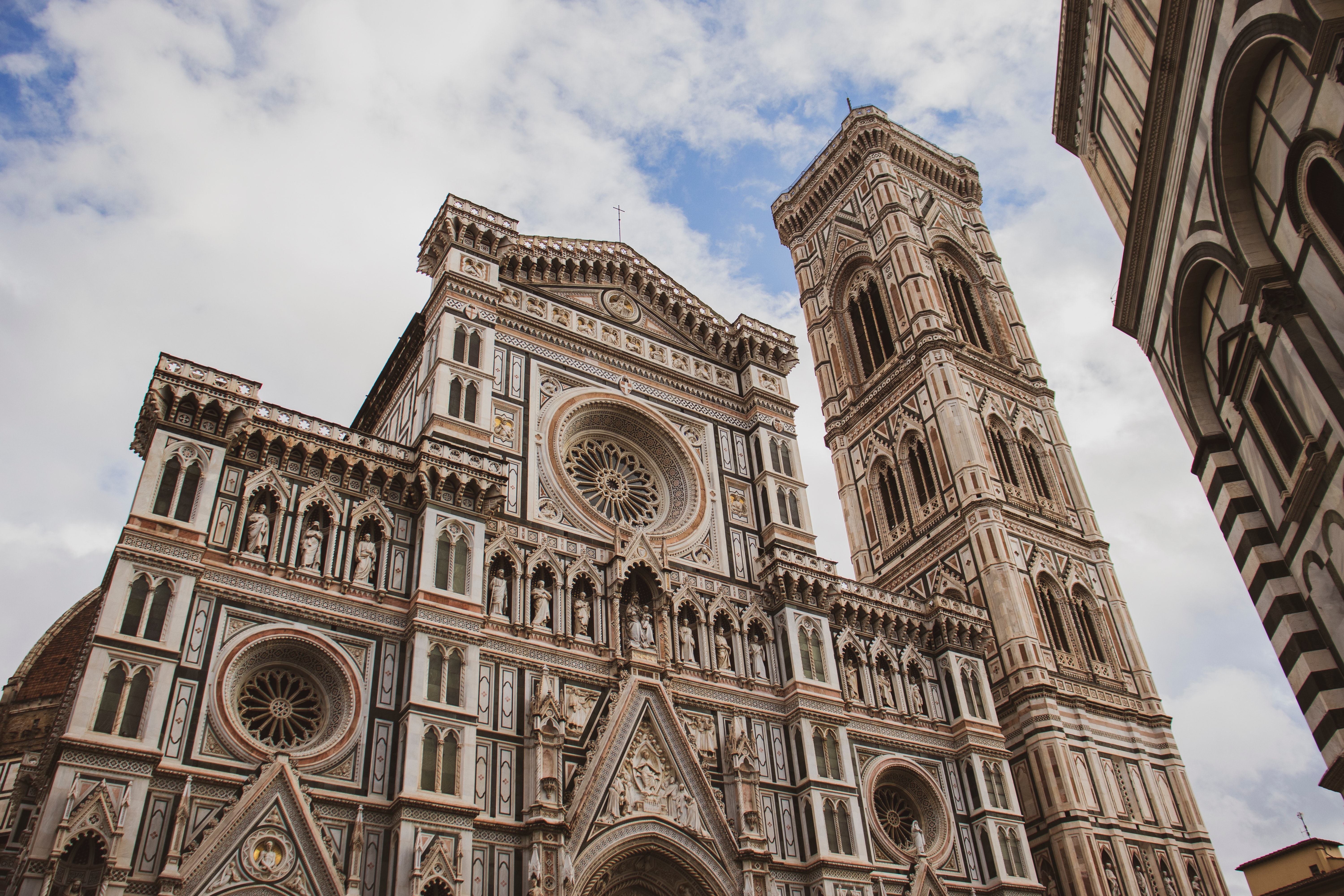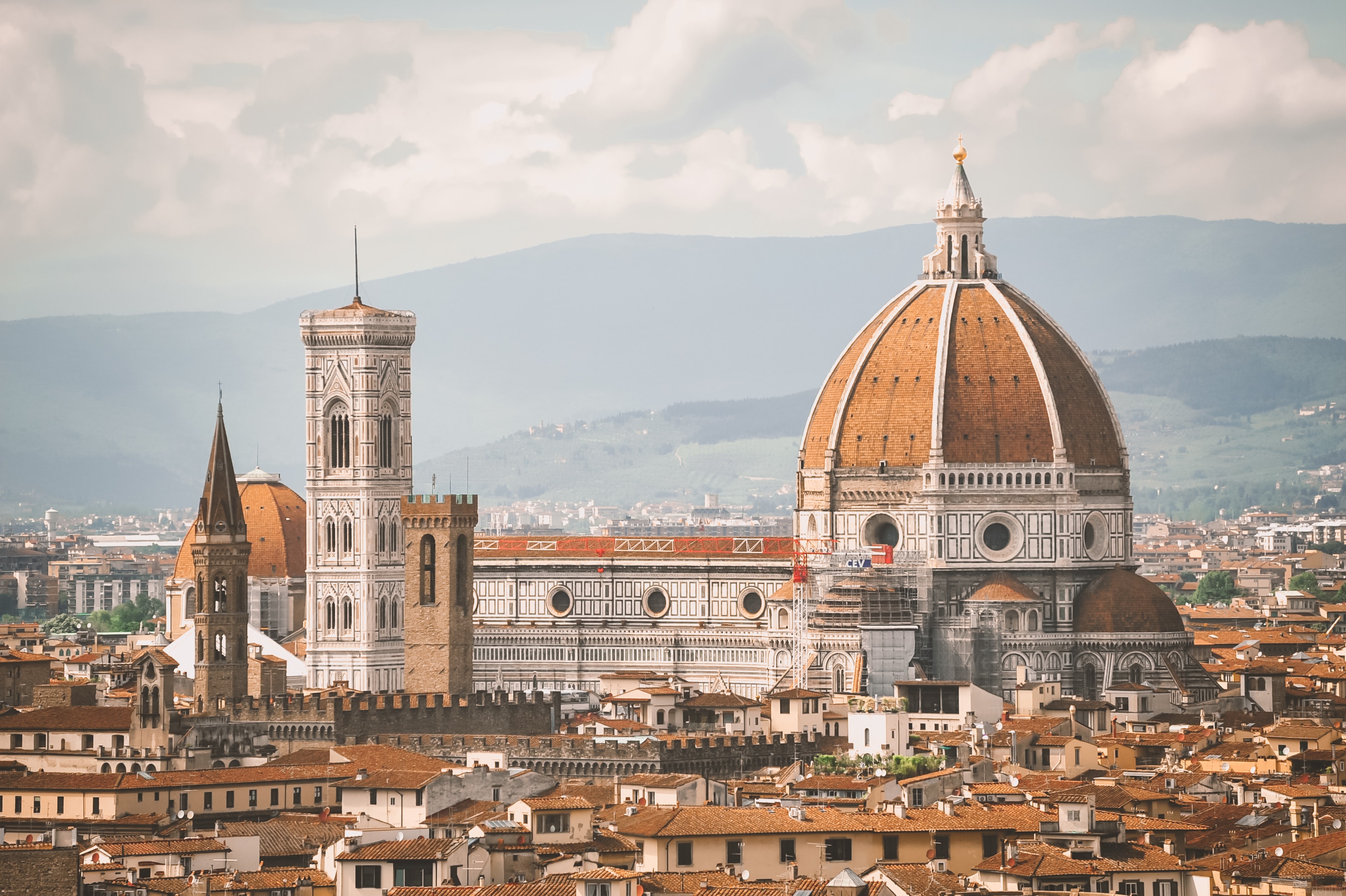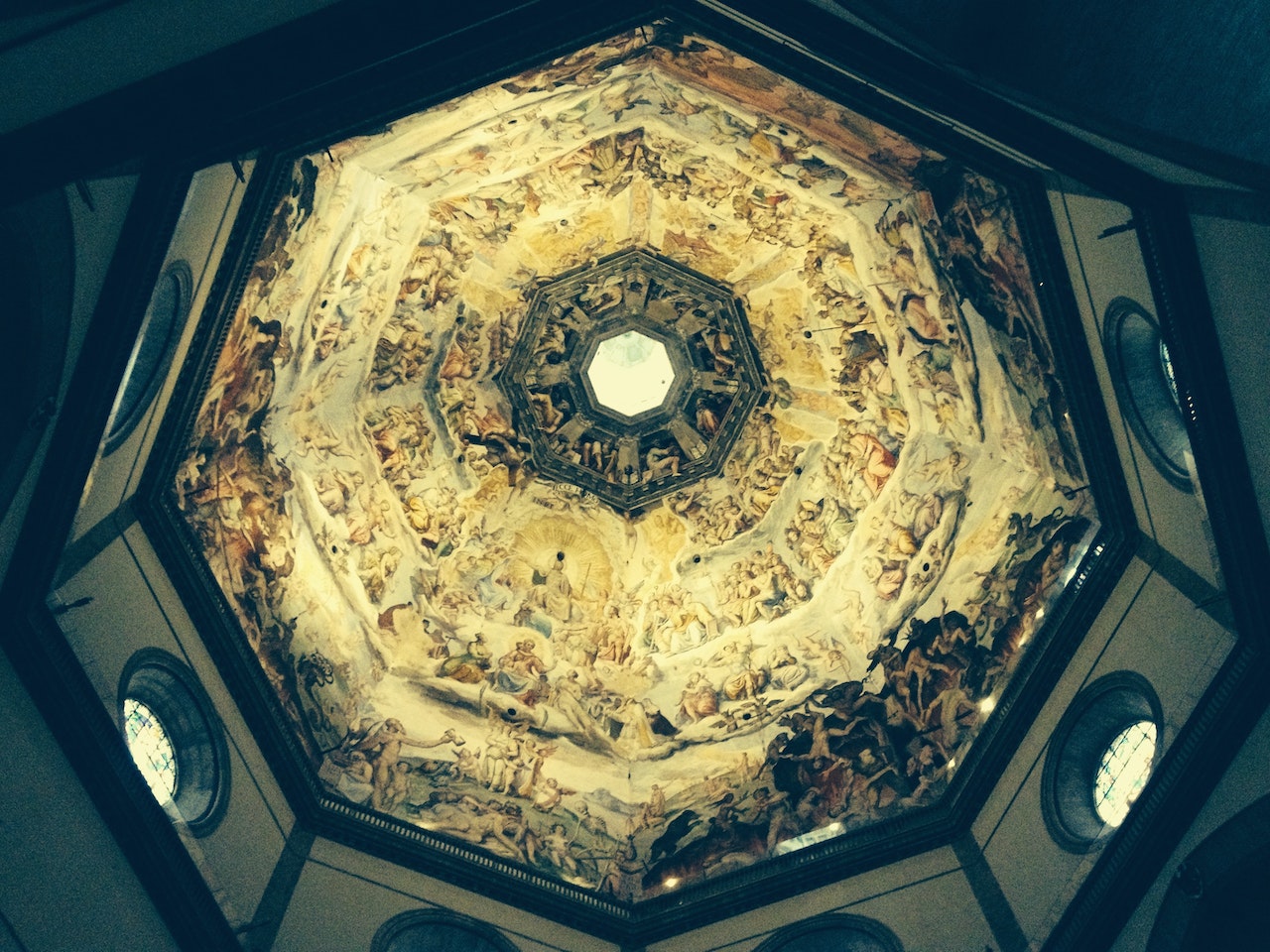The Duomo of Florence: a Renaissance masterpiece that stands the test of time

With this post, I want to take you on a fascinating journey through the pages of the history of Italian art and culture, plunging you into the heart of one of the most famous and fascinating architectural works in the world: the Duomo of Florence, also known as the Basilica of Santa Maria del Fiore.
Are you ready to discover its origins, construction and historical significance? I will accompany you in search of the details that make this majestic cathedral a symbol of the city and an icon of the Italian Renaissance.
The Duomo of Florence: a Renaissance masterpiece that stands the test of time

The Duomo of Florence, also known as the Cathedral of Santa Maria del Fiore, is undoubtedly one of Italy’s most famous monuments and a distinctive symbol of the city of Florence. When it was completed in the 15th century, it was the largest cathedral in the world, and today, although it is the third largest in Europe after St. Peter’s Basilica in Rome and the Duomo in Milan, it still retains its grandeur and timeless beauty.
Exploring Florence, you cannot fail to admire the Basilica of Santa Maria del Fiore, one of the city’s most fascinating and unmissable Renaissance masterpieces. If you would like to discover other artistic and cultural wonders of Florence, I invite you to visit the guide on What to see in Florence. In the meantime, here is what you need to know about this extraordinary place.
THE ORIGINS AND CONSTRUCTION OF FLORENCE CATHEDRAL
The history of the Duomo of Florence begins way back in 1296, when the Signoria of Florence gave the go-ahead for its construction. The first construction work was entrusted to the internationally renowned architect and town planner Arnolfo di Cambio, but over the years, responsibility for the building passed from hand to hand, involving Giotto, Francesco Talenti and Giovanni di Lapo Ghini. The world-famous dome was added later thanks to the genius of architect Filippo Brunelleschi.
The structure of the cathedral is characterised by three naves and a majestic dome. Inside, one’s attention is immediately caught by an enormous surface adorned with marvellous frescoes painted between 1572 and 1579 by artists such as Vasari and Federico Zuccari. In addition, the Basilica offers visitors the opportunity to admire the panoramic view of the city of Florence from the terrace located at the base of the dome lantern, which is ninety-one metres above the ground.
THE HISTORICAL CONTEXT OF FLORENCE CATHEDRAL
The site where the Basilica of Santa Maria del Fiore was erected had already housed other religious buildings, such as the church of San Lorenzo and the original church of Santa Reparata, which is located below today’s cathedral. The surrounding square was a point of great civil and religious importance.
However, in the 14th century, Florence was experiencing a period of great prosperity, and the city needed a new religious building to represent its greatness and development. The Basilica of Santa Maria del Fiore was conceived precisely with the aim of surpassing in size the cathedrals of rival cities such as Siena and Pisa, and the result was a triumph of Renaissance architecture and engineering.
GIOTTO, BRUNELLESCHI AND THE RENAISSANCE LEGACY
During its construction, Florence Cathedral saw the collaboration of renowned artists such as Giotto, who worked on the Bell Tower, and the brilliant Filippo Brunelleschi, responsible for the spectacular dome. Thanks to these creative minds, the cathedral took on increasingly imposing forms, and the construction of the dome was considered the first great work of Renaissance architecture.
The construction of the dome and lantern was a feat of great ingenuity, and Brunelleschi presented an innovative model involving a double self-supporting dome. His genius and skill in tackling technical challenges made the dome of the Duomo an unprecedented masterpiece.
THE COMPLETION OF THE CATHEDRAL AND ITS HISTORICAL SIGNIFICANCE
Finally, in 1436, after many years of work and the collaboration of various artists and architects, work on the Basilica of Santa Maria del Fiore was completed. The building was dedicated to Pope Eugene IV, thus becoming the centre of important historical and cultural events in the city.
In the years that followed, the Duomo of Florence was the scene of significant events, including public readings of the Divine Comedy, the Council of Florence that sanctioned the union of the Latin and Byzantine churches, and the famous sermons of Savonarola, the man who ordered the construction of the Salone dei Cinquecento.
Even today, the Duomo of Florence continues to enchant and inspire visitors from all over the world, representing a monument of extraordinary beauty and an indispensable reference point for Italian art and culture.

The Duomo of Florence, with its fascinating history and extraordinary architecture, remains a precious treasure of Renaissance art and an enduring symbol of Italian grandeur and elegance. To admire this majestic cathedral is to immerse oneself in an unforgettable experience, where past and present merge, transporting us to a world of timeless beauty and splendour.
Follow me on:
About me
In this blog, I don't explain the history of art — I tell the stories that art itself tells.


